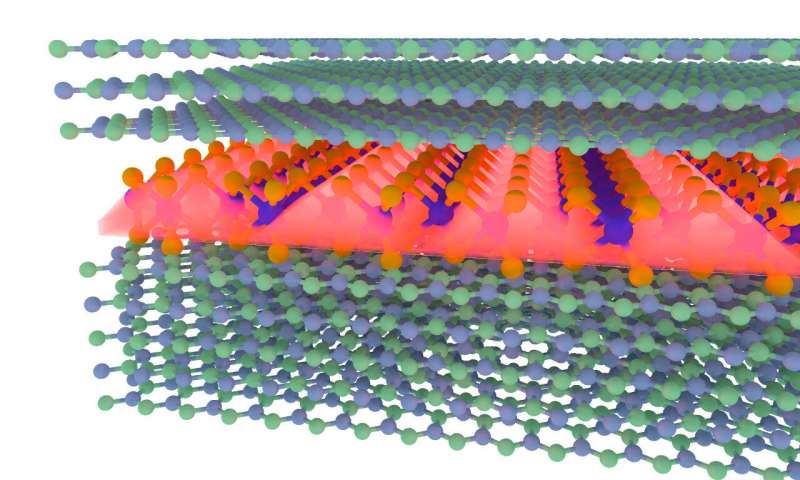Measurements of the optical response of 2-D
transition-metal dichalcogenides have now pinpointed real material
systems in which a hypothesized light-squeezing quasiparticle can
form. The 2-D exciton-polariton, which couples light to bound
electron-hole pairs in the form of excitons in an unusual way, can
confine light to dimensions orders of magnitude below the
diffraction limit. Confining light to such a high degree may affect
more than the resolving power of imaging devices and detector
sensitivity. Recent studies of cavity modes have suggested that
highly confined light could also alter the inherent properties of
materials.



